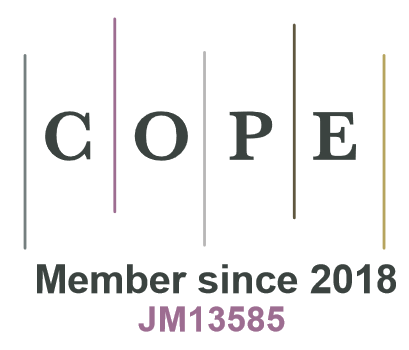Articles containing the keyword 'plant functional traits'
Category : Research article
Wildfires as natural disturbances have had important impacts on terrestrial ecosystems, including forests. We studied patterns of short-term vegetation recovery after surface fire in protected hemiboreal Pinus sylvestris L.-dominated forest. Our study was carried out near Stikli village in Western Latvia. Seven forest stands – middle-age and over-mature were sampled on nutrient-poor and mesic soils. Forest fire occurred in the summer of 2018 and covered 1440 ha of forested area. In each stand we established 16 sample plots (1 m × 1 m) in a radial pattern from the center. Every summer from 2019 till 2022 we surveyed these sample plots – recorded projective cover (%) and identified Ellenberg indicator values and species traits – plant strategy groups (C-S-R after Grime), Raunkiær life history forms and habitat types. Additionally, the occurrence of specialized fire-adapted plants was recorded. In total we identified 15 species in the ground layer, 47 species in the herbaceous layer, and 9 regenerating tree species. The colonization at the ground layer was the most rapid (projective cover increased overall by 67% in middle-aged stands and by 82% in over-mature stands). Species diversity was the highest at the herb layer during the third (middle-aged stands) and fourth (over-mature stands) after fire disturbance but showed overall declining trends. Betula spp. and Populus tremula L.-dominated regenerating tree species. The dominance of fire-adapted species declined rapidly after the fire except for moss Polytrichum spp. Overall, hemiboreal over-mature stands demonstrated higher vegetation cover and more rapid rate of initial colonization compared to middle-aged stands.



